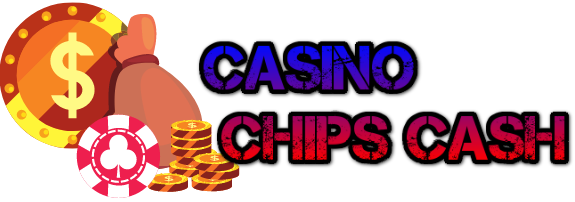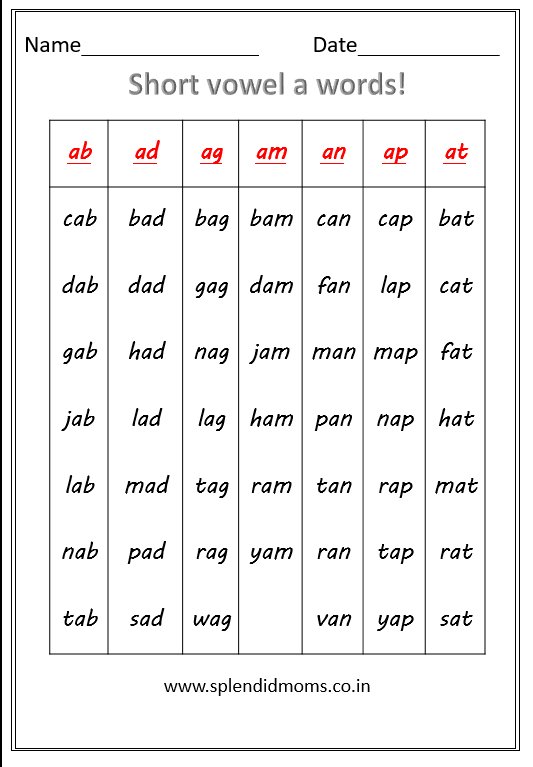CVC words are essential in early literacy. Wondering what CVC words are? They are simple three-letter words consisting of a consonant, a vowel, and another consonant. These words play a crucial role in helping children build a strong foundation in reading and writing. Understanding and mastering CVC words is a key milestone in a child’s language development journey. Dive into this blog to discover fun and effective strategies to teach CVC words to young learners. Let’s explore the world of CVC words together!
The Magic of CVC Words: Unlocking the Secrets of Simple and Powerful Language
Welcome, fellow word enthusiasts! Today, we are diving into the fascinating world of CVC words. But wait, what are CVC words, you may ask? Well, fear not, dear readers, as we embark on an exciting journey to unravel the mysteries behind these simple yet powerful words.
What Are CVC Words?
Let’s start at the very beginning. CVC stands for Consonant-Vowel-Consonant. In simple terms, CVC words are three-letter words that follow a consonant-vowel-consonant pattern. These words are the building blocks of our language and play a crucial role in early reading and writing skills development.
The Importance of CVC Words
Now, you might wonder, why are CVC words so important? Well, these words are like the keys that unlock the door to reading and writing fluency. By mastering CVC words, young readers can gain confidence and fluency in their reading abilities.
CVC words are often the first words that young children learn to read and write. They are simple, easy to sound out, and form the foundation for more complex words. Understanding CVC words helps children build phonemic awareness, which is essential for reading comprehension.
Decoding CVC Words
Now, let’s dive into the nitty-gritty of decoding CVC words. Decoding simply means figuring out the sounds that each letter makes and blending them together to form a word. Let’s break it down:
Consonants and Vowels
Consonants are the letters of the alphabet that are not vowels (A, E, I, O, U). They make different sounds depending on the word and its context. Vowels, on the other hand, are the letters A, E, I, O, U, and sometimes Y. Vowels are essential in CVC words as they provide the word’s sound.
When decoding a CVC word, start by sounding out each letter. For example, in the word “cat,” the C is the consonant sound /k/, the A is the vowel sound /a/, and the T is the consonant sound /t/. When you blend these sounds together, you get the word “cat.”
Short Vowel Sounds
In CVC words, vowels usually make their short sound. The short vowel sounds are the sounds that the vowels A, E, I, O, and U make in words like “cat,” “bed,” “pig,” “dog,” and “bus.” It’s important to practice distinguishing between short and long vowel sounds to decode CVC words accurately.
Examples of CVC Words
Let’s explore some common CVC words that you might already be familiar with:
- cat
- dog
- pen
- sun
- hat
- big
- mad
These simple words may seem basic, but they are the building blocks of more complex words and sentences. By mastering CVC words, you can expand your vocabulary and become a more confident reader and writer.
Activities to Practice CVC Words
Learning CVC words can be a fun and engaging experience. Here are some activities you can try to practice decoding and reading CVC words:
1. CVC Word Bingo
Play a game of CVC Word Bingo with your friends or family. Create bingo cards with different CVC words and call out the words for players to match. This game is a great way to practice reading and recognizing CVC words.
2. Word Building Blocks
Use letter building blocks or magnets to build CVC words. Mix and match consonants and vowels to create different words. This hands-on activity helps reinforce the concept of blending sounds to form words.
3. CVC Word Puzzles
Create puzzles with CVC words for a fun challenge. Cut out letters and have children arrange them to form CVC words. This activity not only improves word recognition but also enhances fine motor skills.
Unlocking the Power of CVC Words
As you continue to explore the world of CVC words, remember that these simple words hold the key to unlocking a world of language and literacy. By mastering CVC words, you are laying a strong foundation for your reading and writing journey.
So, keep practicing, keep exploring, and most importantly, keep having fun with words. The magic of CVC words awaits, ready to take you on an exciting linguistic adventure!
Happy reading and decoding, my fellow word wizards!
CVC Words | Letter a | Consonant Vowel Consonant | Phonics Song | Jack Hartmann
Frequently Asked Questions
What are CVC words?
CVC words are three-letter words that consist of a consonant, a vowel, and another consonant in that order. Examples of CVC words include cat, dog, and pen.
How do CVC words help in early literacy development?
CVC words are commonly used in early reading and writing activities as they are simple and easy for young children to decode and recognize. Practicing CVC words helps in building phonemic awareness and developing foundational reading skills.
Can CVC words be used to teach blending and segmenting in phonics?
Yes, CVC words are excellent for teaching blending and segmenting in phonics. Children can learn to blend the individual sounds of consonants and vowels together to pronounce the word or segment the word into its individual sounds.
How can parents help their children practice CVC words at home?
Parents can engage their children in various activities such as word building with letter cards, playing rhyming games using CVC words, and reading simple CVC word books together. Regular practice and reinforcement can help children become more confident in reading and spelling CVC words.
Final Thoughts
In conclusion, mastering cvc words is crucial for early readers. These simple consonant-vowel-consonant words provide a strong foundation for building reading skills. By practicing cvc words regularly, children can improve their phonemic awareness and fluency. Encourage young learners to engage with cvc words through fun activities and games to enhance their literacy development.

